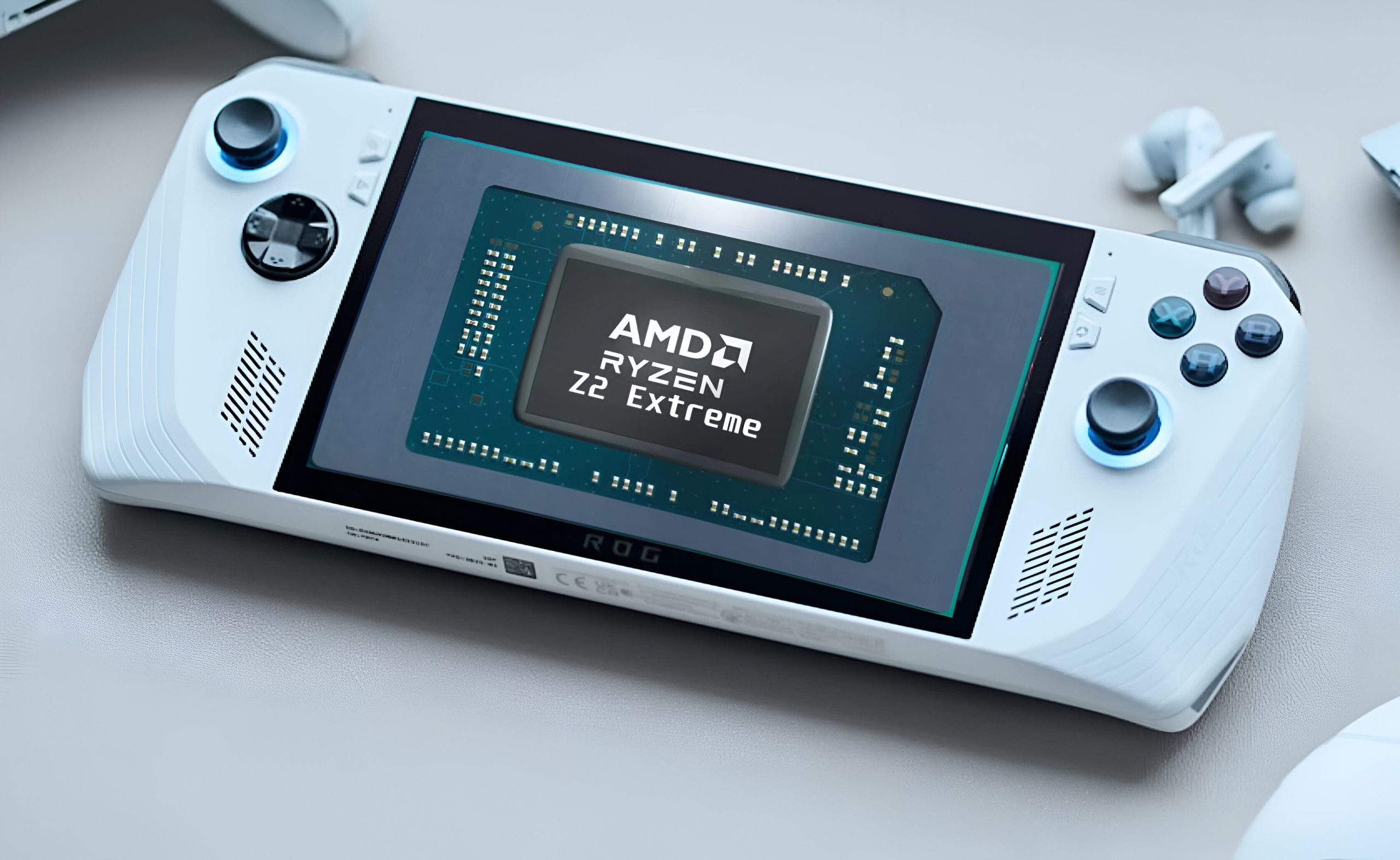Ultrahuman announces tracker for home health – Ultrahuman, an Indian wearable tech startup, is entering the smart home market. It has revealed that connected gear, as its marketing calls it, will soon be available. This hardware is intended to monitor the “health” of your home. This week at CES, the gadget—which it has dubbed the Ultrahuman Home—is being demonstrated. Delivery is expected to begin in July. The RRP is USD 349.
Ultrahuman announces tracker for home health

The Ultrahuman Home is a low, square-shaped device that looks a lot like an Apple TV or a sleek, metallic Wi-Fi router, but it has quite different functionality. According to the company, the device’s sensors will allow the user to keep an eye on the amount of natural and artificial light, air pollution, noise, humidity, and smoke in the room where it is installed. The data is then sent to a new “home” tab in the Ultrahuman app, along with actionable insights and space “scores.”
The current wearables from Ultrahuman are specifically designed to cater to the quantified self-movement. They work by connecting sensing hardware to an app that analyzes user data and provides individualized lifestyle recommendations, ultimately assisting users in achieving better health and fitness.
The purpose of the next (static) hardware is to enhance Ultrahuman’s smart ring’s capacity to provide tailored lifestyle recommendations by including information about the user’s indoor surroundings. However, it can also function as a stand-alone in-home tracker to evaluate the health of a home and provide suggestions on how to make a sleeping area better, for example.
According to CEO and founder Mohit Kumar, there are plans to integrate the Ultrahuman Home with home automation in the future. Thus, although it is merely an environmental monitoring gadget by itself when integrated into a smart home, it can provide automatic choices to, for instance, dynamically modify air conditioning units to encourage more restful and profound sleep. He suggests that a bedroom’s temperature can have a significant impact on the quality of sleep. Thus, the goal is to integrate home automation with the overall objective of improving users’ well-being.
“In the future, you will see us integrating with protocols like IFTTT to actually get into home automation,” he says. “We’ll be able to do things like, for this individual, lowering the air conditioner by two degrees when they are in deep sleep mode. It is more beneficial because that helps them get into a slow wave or deep sleep zone. [Also for] personalized humidity levels in the room. The third is even lighting suggestions in the room.”
Related: CES 2024: How to watch as Nvidia, Samsung, and others reveal Powerful AI and Hardware Updates
Similar to nutrition and exercise regimens, the places in which we spend a significant amount of time can either positively or negatively impact our health, depending on what we are exposed to. Air pollution is a negative thing, but natural light is wonderful. Therefore, it shouldn’t come as a huge surprise to see a wearable manufacturer interested in what’s happening in its customers’ homes. A person’s productivity at work or even the quality of their sleep may be impacted by ambient elements such as temperature, humidity, and air quality.
However, it’s safe to say that by branching out into environmental monitoring, Ultrahuman is leading the way in this area in comparison to rival wearable companies. The two competitors it is most closely monitoring, Whoop and Oura, for example, have so far remained in the wearable market.
Ultrahuman may be able to increase the precision of its algorithms and provide its customized counsel with a competitive advantage by gathering additional data points that it can associate with its smart ring customers. It won’t hurt to have another device in its lineup to cross-sell to current customers, especially considering that Ultrahuman’s smart ring strategy differs from competitors in that users only need to buy the hardware to gain continuous access to the company’s tracking software.
Similarly, the Ultrahuman Home is a one-time hardware purchase alone; there is no need for a membership service.
According to Kumar, Ultrahuman’s strategy of not requiring a membership has enabled the company to increase sales through gifting because current customers aren’t deterred from giving its items as presents to friends and family because they don’t have to pay for them themselves. Given that customers may want to see and touch the smart ring before giving their money, he also attributes the growth of the user base to the smart ring’s increased offline sales through merchant partnerships.
Sales of the Ultrahuman Ring Air, its more stylish second-generation smart ring, which we examined last summer, surpassed 10,000 copies last month, according to Kumar, indicating that momentum has been building since its release. He tells TechCrunch, “I think a lot of momentum has been built up primarily because of repeat usage — or gifting.” Subscriptions are disliked as gifts by recipients because it’s like giving someone a present and expecting them to pay for it. For this reason, in my opinion, we have the upper hand in this category from a domestic standpoint.
Going back to the Ultrahuman Home, Kumar says it’s meant to be a static gadget that tracks and monitors changes in a certain room’s surroundings.
A large household would require one or more of these devices to cover the entire house. However, most users will probably limit their monitoring to one room given the $349 price per unit. Naturally, the place they use the most—their bedroom, home office, etc.—will be the first pick.
According to Kumar, privacy concerns are being addressed by limiting the processing of data obtained by the onboard microphone to the device itself, with no sound data being uploaded to its servers. Additionally, the device has a hardware button that allows users to turn off the microphone whenever they want. For individuals who prefer to manually restrict their exposure to radio waves, there is a hardware toggle that allows you to turn off the on-board Bluetooth and Wi-Fi.


















